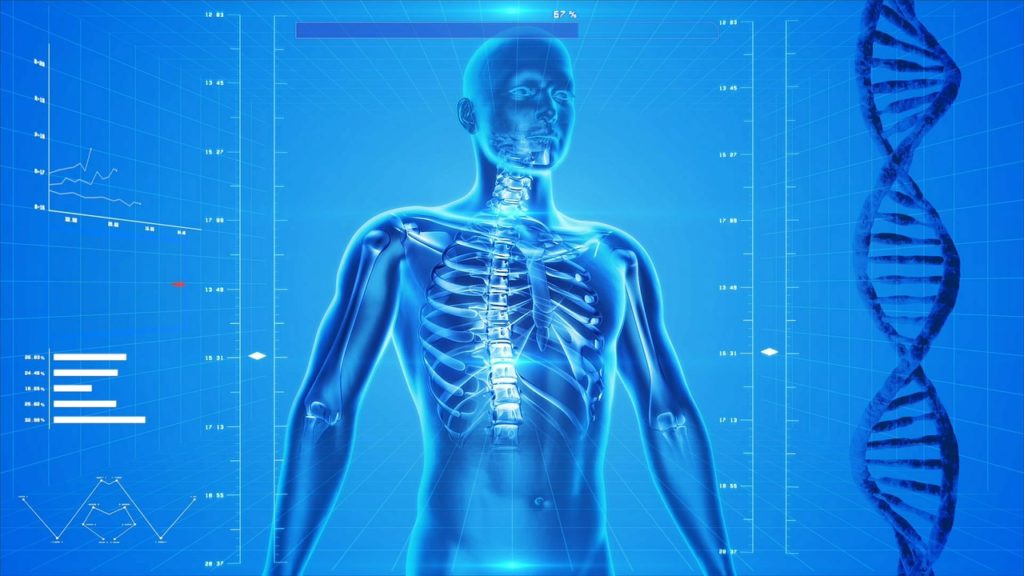The Causes of Poor Posture and Pain in Dental Operators

Dental operators have long battled the problem of musculoskeletal pain, which is usually caused by maintaining poor posture during treatment. Because of the volume of patients dental operators treat, and the duration of the procedures, pain and discomfort are inevitable. But what causes operators to maintain poor posture, and can it be avoided?
The Effects of Musculoskeletal Pain in Dental Operators
When operators adjust in order to treat hard-to-reach places in a patient’s mouth, often holding these positions for long periods of time, musculoskeletal pain can develop in the wrists, elbows, shoulders, back, neck, and even the hips. Studies have shown that anywhere from 60-90% of dental operators have experienced at least one source of musculoskeletal pain. These studies have also shown that up to 10% of dentists will become disabled due to these issues. The most common musculoskeletal issues in dental operators are:
- Severe neck pain
- Back stiffness and pain
- Hand/wrist pain, up to and including Carpal tunnel syndrome
- Shoulder pain
Over the course of a dental operator’s career, this pain can lead to:
- Decreased career longevity
- Inability to treat more patients more frequently
- Increased pain and discomfort
- Absenteeism and medical leaves
- Seeking medical treatment and pharmaceutical remedies
- Possible disability
The Primary Cause of Poor Dental Operator Posture
Dental operators are well aware of how to position themselves during treatment, but they are often working against dental chairs that position patients in such a way that forces them into prolonged and awkward positions. Operators must make up the difference by positioning themselves in such a way that puts too much strain on their bodies.
For example, when treating maxillary teeth in the dental upper arch, the orientation of the occlusal plane can make or break the posture of dental operators. In order to preserve the most optimal working posture, operators must be able to position the occlusal plane of the upper arch 20-25 degrees behind the vertical. But patients cannot tolerate this position in the chair for long periods of time because most double articulating headrests cut into the occiput, making positioning uncomfortable. To account for this, operators position patients more forward and sacrifice their own posture in the process. This results in the operator working in a forward, hunched position.
The Solution
The ergonomic solution lies in getting the occlusal plane of the upper dental arch behind the vertical, but the average double articulating headrests don’t allow for a patient’s head to be comfortably positioned in this manner during treatment. Crescent headrest pillows act as an extension to double articulating headrests. They are more than just another memory foam headrest, and they allow operators to further extend the heads of patients backwards without creating additional discomfort. When patients are positioned correctly, operators are free to treat both maxillary and mandibular teeth with proper visualization and posture.
Try out a Crescent Products headrest for yourself. Order yours online today.